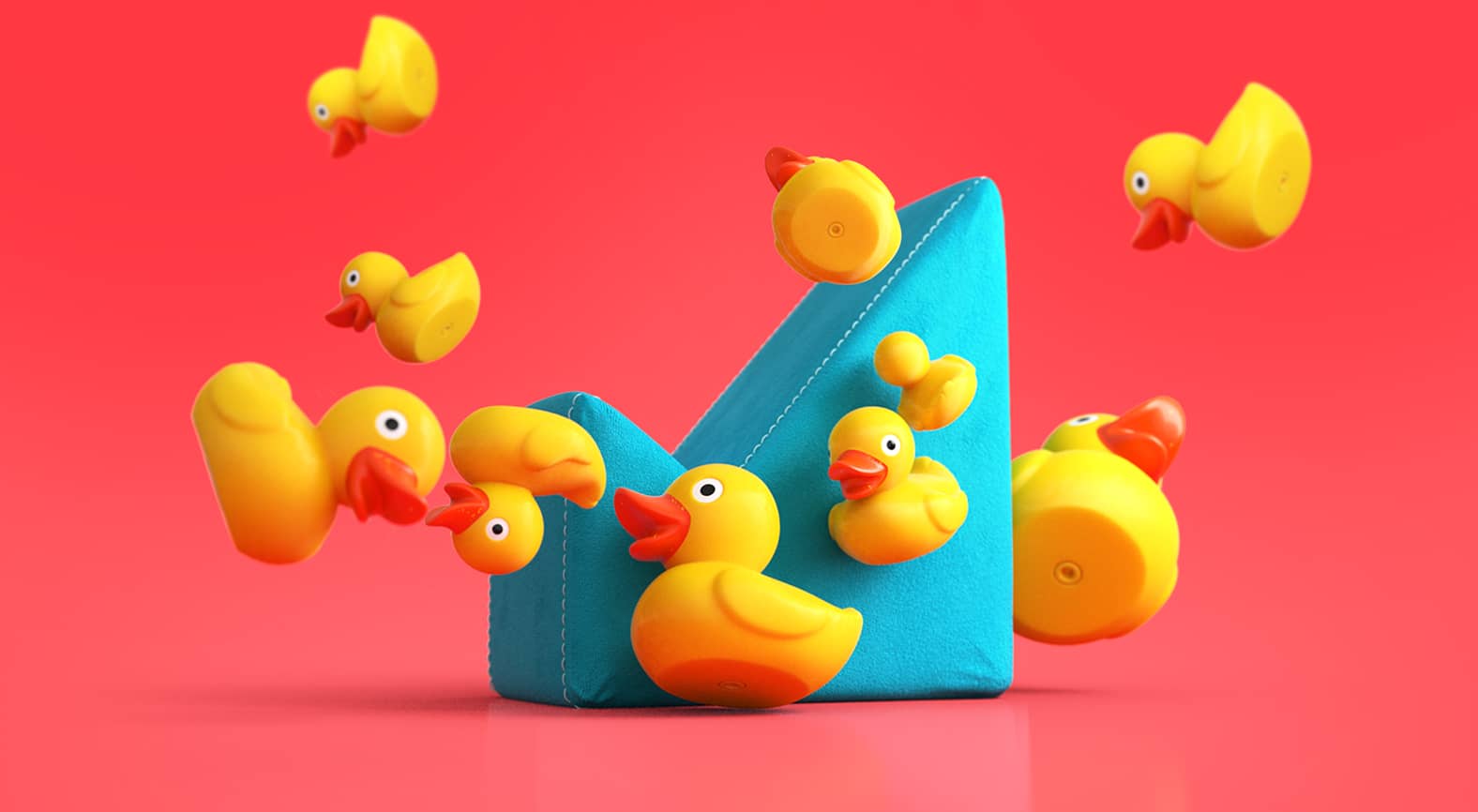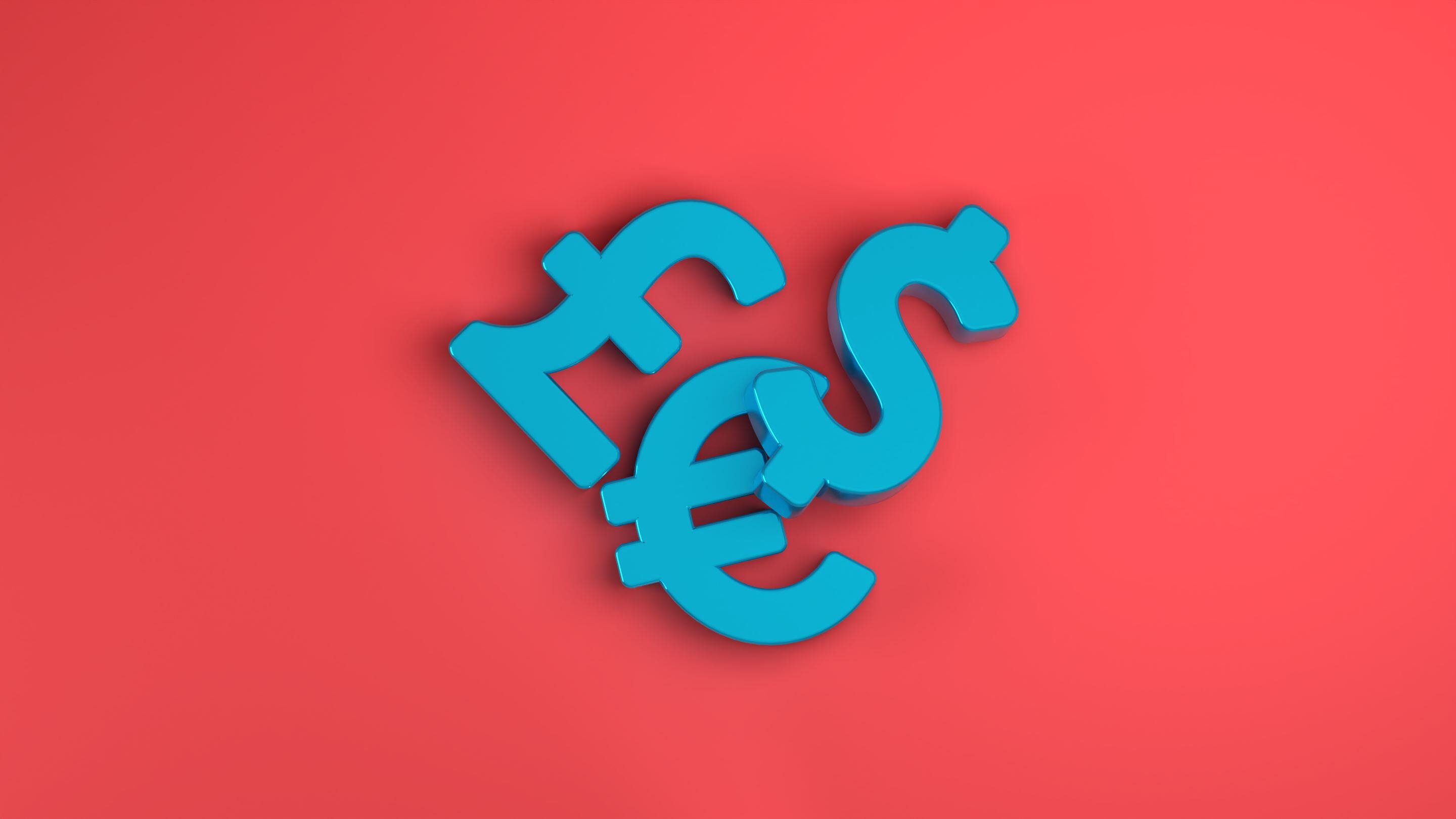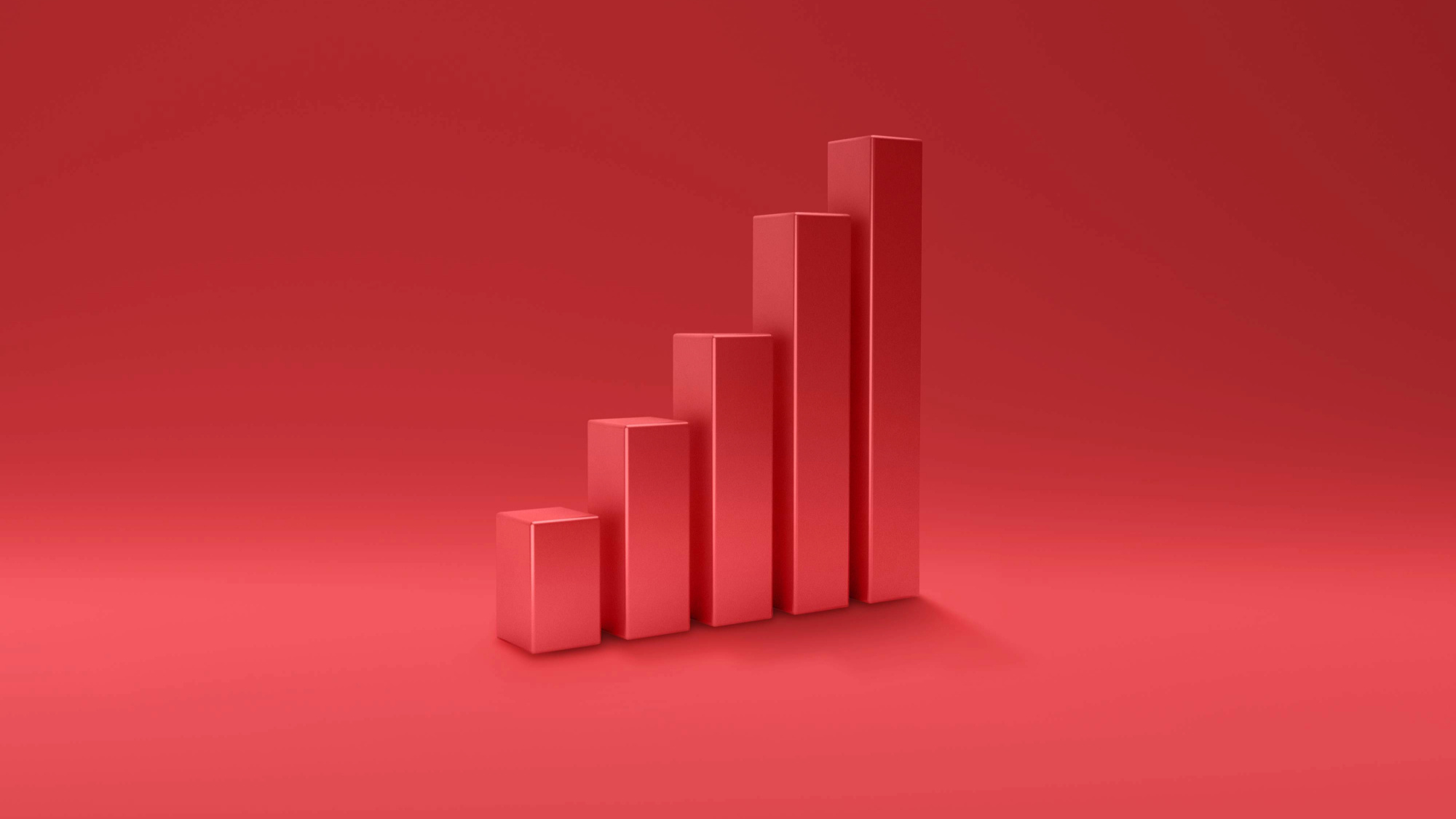Behavioural science has transformed our understanding of how people make decisions. It has already had a profound impact on consumer marketing but its impact on B2B decision-making remains relatively unexplored… until now.
At our most recent S&M Forum we welcomed Richard Shotton, author of the critically acclaimed The Choice Factory, for a fascinating insight into how cognitive biases affect B2B decision-making.
There are nearly two hundred recognised cognitive biases that can affect how we make decisions. We worked with Richard to investigate some of the most interesting examples and revealed the significant implications behavioural psychology has for the way we design and run our marketing, from targeting to creative and from positioning to media placement and pricing.
Thinking fast, and slow
In the 1970s two young psychologists named Daniel Kahneman and Amos Tversky pioneered a new field of study which eventually became known as behavioural psychology. They were interested in understanding whether humans are rational economic decision-makers or fallible creatures, vulnerable to mistakes and errors as a result of ‘cognitive load’. Their research suggested that our brains use two systems for making decisions.
In the words of Daniel Kahneman, system 1 ‘runs the show’ but is powered by a range of heuristics (rules of thumb), leading to biases and behavioural quirks. We wanted to explore the impact these biases have in a B2B context – hence our research, which followed this hypothesis:
B2B decision makers are as weird, illogical and fascinating in the way they make decisions as consumers
H2H not B2B
It’s a common saying now that there is no such thing as B2B or B2C, only H2H (human-to-human). The point being we do not suddenly adopt super-rational alter-egos when we come in to work. True, although a little worrying that we have to be reminded we are communicating with fellow homo sapiens.
But ‘human-to-human’ can also be used to suggest that there are no differences between business and consumer marketing. We don’t think this is the case.
Yes, we’re susceptible to many of the same biases as everyday consumers. But we are almost certainly affected in different ways in the workplace.
Behavioural dynamics are different when decisions are made by groups, rather than individuals. And work is a unique environment for most people; often pressurised, political, contrived. When people are making decisions they are often trying to keep their job, get promoted or simply get home on time.
So we undertook some research to test how the same biases apply in B2B marketing. Here are a couple of interesting insights we uncovered.
Over-confidence
We have a tendency to overestimate our own abilities. The Dunning-Kruger effect shows that people consistently and predictably overestimate their own abilities, to the extent that even recent victims of car accidents will claim to be better than average drivers. This innate confidence can have unhelpful implications for marketers.
What our research revealed
84% of marketers said that they were better at their job than their peers, whilst 79% said that their company was better than their competitors. In each case, 45% say they’re much better than average.
Implications
There could be costly effects for businesses that don’t mitigate against over-confidence. Imagine a pitch scenario involving three agencies, two of whom fail to win the contract. The first losing agency are perplexed at how they didn’t win, whilst the second carefully reviews not only their performance but that of the winners. The first agency’s overconfidence could easily result in wasted time and effort pitching for unsuitable business in future, if they erroneously believe they are sure to win every time.
Applications
Overconfidence can also impact how we market. One example would be using our audience’s overconfidence to our advantage:
- Run an award scheme for customers
- Gamify your partner marketing programme
- Use wording that suggests pride and achievement, e.g. “your company deserves the best”, “industry-leading companies use X project”
False consensus
We overestimate the extent to which other people are like us. This is called ‘false consensus’ and can be a dangerous mistake for marketers, as demonstrated in research from Thinkbox in 2016 that found that marketers overestimated consumers’ digital habits based on their own habits and lifestyles.
What our research revealed
In our survey we asked participants whether they read The Economist, and to estimate what proportion of other senior business decision-makers read The Economist. Non-readers estimated around 27%, whereas for readers this figure nearly doubled to 50%.
Implications
Marketers seem particularly susceptible to this bias, projecting their own lifestyles on to their audiences, assuming they fit a similar cultural background or demographic. However, basing marketing decisions on these assumptions can lead to a number of mistakes:
- Focusing on channels and tactics that don’t align with the audience
- Allowing global marketing teams to dictate local marketing campaigns without considering cultural nuances
- Running ads that assume an interest in the category
Applications
Wherever possible test your messaging and creative. For example, at The Marketing Practice we’re increasingly seeing the use of short, sharp pulse surveys to test work, and even using ethnographic research to develop content.
We can also use the false consensus bias to our advantage by making prospects feel that others in their industry are making a good decision, to encourage them to perform a similar action. This might include:
- Suggesting that the target’s competitors are getting ahead of them
- Using statistics to show that your product/service is the industry standard
- Using influencer marketing with prominent case studies
Concluding thoughts
False consensus and over-confidence are just two biases we looked at as part of our research – you can read the full report here. There are practical steps we can take as B2B marketers to avoid falling foul of these biases, but also to use them to our advantage.
Understanding how the brain really works when it is making decisions can get you an edge on competitors, one that could make a significant difference to your results.





